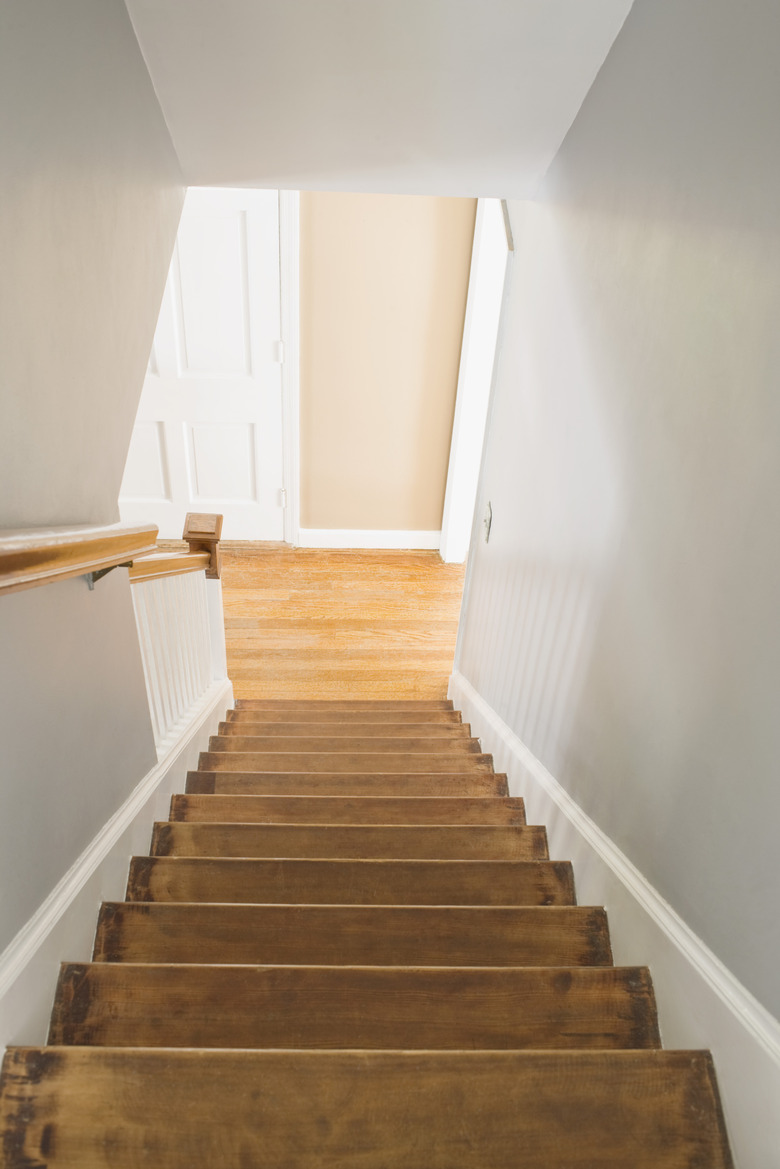How To Keep The Downstairs Heat From Rising To The Second Floor
Heat from any source naturally rises. This is because heated air is thinner and less dense than cooler air. In an enclosed room, the hottest air will always be at the top or near the ceiling, which is why ceiling fans are used to circulate heated air from top to bottom. In a two-story home, heat will naturally rise up to the second floor as a matter of course. However, things can be done to prevent and minimize the heat transfer from one floor to the next.
Keep the Downstairs Cool
Keep the Downstairs Cool
The simplest way to keep the downstairs heat from rising is to keep the downstairs cool. On warmer days close blinds, lower shades or draw curtains to minimize reflected sunlight from heating up downstairs surfaces. By keeping the downstairs cooler, little or no heated air will be able to rise upward into the second floor.
Negative Ventilation
Negative Ventilation
Use negative ventilation to move heated air out of the downstairs and vent it outside. Mount window fans to circulate air out of the house from the downstairs. Open upstairs windows to facilitate the air circulation, and the negative ventilation achieved downstairs will literally pull the upstairs air downward. This technique will stop heated air from rising upstairs.
Positive Ventilation
Positive Ventilation
Positive ventilation means pressurizing the upstairs to limit the exchange of heated air from downstairs. You can do this by closing all of the windows upstairs and running an air conditioner or the whole-house heating, ventilation and air-conditioning system. Close all of the cooling vents downstairs. Since cooler air sinks, any area where the hot air may rise will be blocked by the sinking cooler air. This action will effectively limit or stop any heated air from traveling upstairs.
Block off the Stairway
Block off the Stairway
Heat rising upstairs will always take the path of least resistance, and the stairway allows a massive transfer of heated air to the upstairs. By blocking off the stairway — by hanging a blanket over the opening, using foam or wood panels or even building a door frame with a functional door — you will close the largest path that heated air will take to move from downstairs to upstairs.
